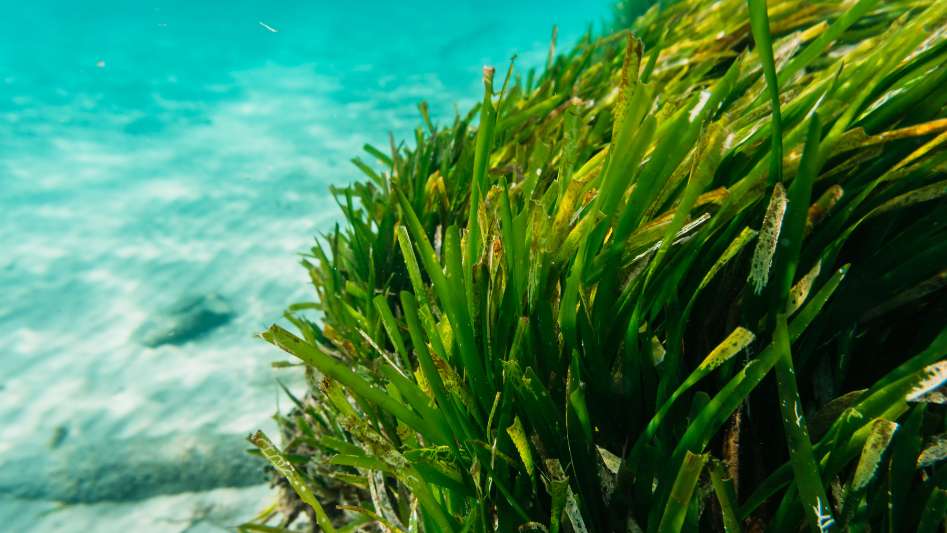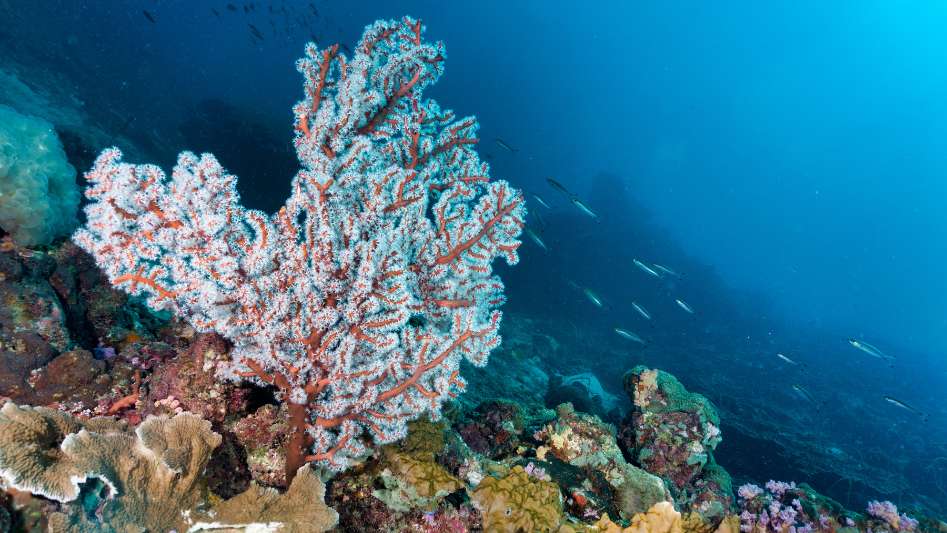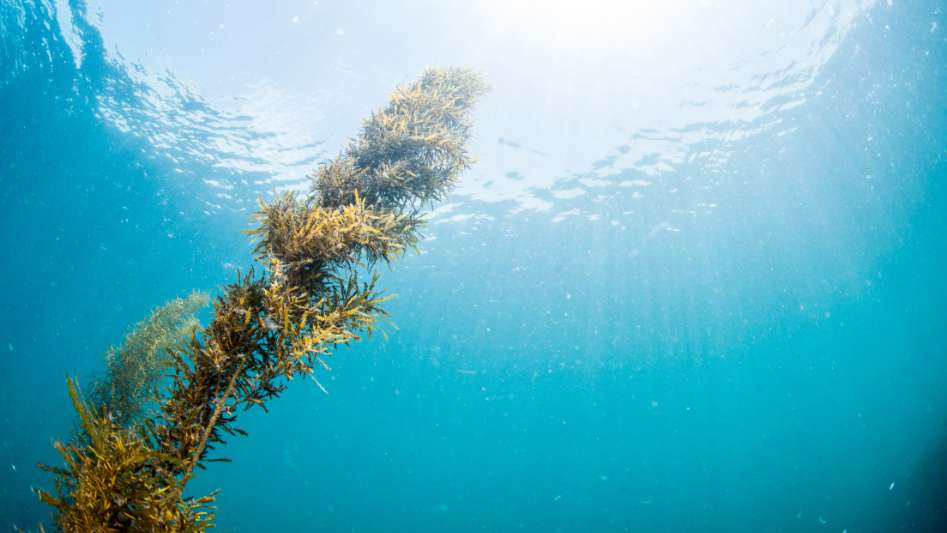Discover the potential of seaweed as a solution for carbon capture and its impact on reducing greenhouse gas emissions in this insightful article.
Table of Contents
Introduction
Seaweed, also known as macroalgae, is a type of marine plant that grows in saltwater. It is a highly diverse group of organisms, with over 10,000 species known to exist. Seaweed is known for its numerous benefits, including its potential as a food source, its ability to improve water quality, and its ability to absorb carbon dioxide (CO2) from the atmosphere.

The Potential of Seaweed
Carbon capture is a method used to remove CO2 from the atmosphere and store it to reduce its impact on the environment. With the increasing levels of CO2 emissions, there is a growing need for new and innovative methods of carbon capture. Seaweed has the potential to play a significant role in this, as it is capable of absorbing large amounts of CO2 through the process of photosynthesis. In fact, seaweed is estimated to absorb up to 20 times more CO2 per unit area than land-based plants.
How Seaweed Can be Used for Carbon Capture
Seaweed can be used for carbon capture in a number of ways. One of the simplest methods is to cultivate seaweed in large quantities, allowing it to absorb CO2 as it grows. The seaweed can then be harvested, dried, and burned as a source of energy, releasing the stored CO2 back into the atmosphere. Alternatively, the seaweed can be used to create biofuels or as a feedstock for other products, such as fertilizers or animal feed, effectively removing the CO2 from the atmosphere and storing it in a solid form.
The Benefits of Seaweed
In addition to its potential as a carbon capture solution, seaweed also offers several other benefits. For example, seaweed cultivation can help improve water quality by reducing nitrogen and phosphorus levels. It can also provide habitat for marine wildlife, and can be used as a food source for humans and livestock. Seaweed is also a sustainable and renewable resource, as it grows quickly and does not require large amounts of freshwater, fertilizer, or arable land to cultivate.

Challenges and Limitations
Despite its potential benefits, there are also several challenges and limitations to using seaweed for carbon capture. For example, the cost of cultivating seaweed in large quantities can be high, and there are also issues related to the processing, storage, and transportation of the seaweed. Additionally, seaweed cultivation can be affected by ocean acidification, changes in water temperature and salinity, and the presence of other marine organisms.
Conclusion
In conclusion, seaweed has the potential to play a significant role in the fight against climate change. By absorbing CO2 through photosynthesis and storing it in a solid form, seaweed has the potential to make a real impact on reducing atmospheric CO2 levels. While there are challenges and limitations to using seaweed for carbon capture, it remains a promising solution that is worth exploring further.

FAQ
What is seaweed and how does it capture carbon?
Seaweed is a type of marine plant that absorbs carbon dioxide (CO2) from the water and atmosphere as part of its photosynthesis process. When harvested and processed, the carbon can be stored and used as a source of renewable energy.
How does seaweed compare to other carbon capture solutions?
Seaweed has the potential to be more cost-effective and scalable than traditional carbon capture solutions like carbon capture and storage (CCS) technology. It also has additional benefits such as producing oxygen, improving water quality, and supporting marine ecosystems.
Can seaweed be used as a source of renewable energy?
Yes, seaweed can be processed to produce biomethane, which can be used as a source of renewable energy. It can also be used as a source of biofuel for transportation and for producing fertilizers and other products.
What is the current state of seaweed as a carbon capture solution?
Currently, seaweed is still in the early stages of development as a carbon capture solution. More research and investment are needed to fully realize its potential and scale up production.
How can seaweed be integrated into the existing energy system?
Seaweed can be integrated into the existing energy system through the production of biomethane, biofuels, and other products. It can also be used in combination with other carbon capture solutions, such as CCS technology, to maximize its impact on reducing carbon emissions.
You May Also Like
- 2035 AND BEYOND: THE ROADMAP TO ZERO CARBON EMISSIONS
- CARBON CAPTURE AND STORAGE: A PROMISING METHOD IN THE FIGHT AGAINST CLIMATE CHANGE
- A COLLECTIVE EFFORT: HOW COMMUNITIES CAN WORK TOGETHER TO FIGHT CARBON EMISSIONS
- THE ROLE OF CARBON CREDITS IN ACHIEVING NET ZERO EMISSIONS
- DECARBONIZING BUILDINGS: THE CITY THAT LEADS THE REVOLUTION
External Links
- The potential of seaweed cultivation to achieve carbon neutrality and mitigate deoxygenation and eutrophication
- Blue Growth Potential to Mitigate Climate Change through Seaweed Offsetting
- Quantifying the role of seaweed as a nature based carbon capture and storage solution to reach net zero emissions
- These 4 start-ups are using seaweed to help save the planet
